Fascinating 16″ Tablet contains sculptures of AMUN-RA (God of the Sun),RAMESSES ii and Sun disk with wings, Lime stone Altar statue-Handmade
Original price was: $450.$248Current price is: $248.
Item description:
This is a tablet contains sculptures of The well-known battle of Gods, Amun-Ra and Ramsees the second, its the exact replica from the Amun-Ra Temple (Precinct of Amun-Re), you can see Ramsees ii handing over lotus flowers to Amun-Ra and the sun with wings around it watching them, its colors are mesmerizing and is carefully made to be the exact replica of the real one.
�️ ���� �� ����� �� �️
History:
Amun was a major ancient Egyptian deity who appears as a member of the Hermopolitan Ogdoad. Amun was attested from the Old Kingdom together with his wife Amaunet. With the 11th Dynasty (c. 21st century BC), Amun rose to the position of patron deity of Thebes by replacing Montu.
After the rebellion of Thebes against the Hyksos and with the rule of Ahmose I (16th century BC), Amun acquired national importance, expressed in his fusion with the Sun god, Ra, as Amun-Ra or Amun-Re.
Amun-Ra retained chief importance in the Egyptian pantheon throughout the New Kingdom (with the exception of the “Atenist heresy” under Akhenaten). Amun-Ra in this period (16th to 11th centuries BC) held the position of transcendental, self-created creator deity “par excellence”; he was the champion of the poor or troubled and central to personal piety. His position as King of Gods developed to the point of virtual monotheism where other gods became manifestations of him. With Osiris, Amun-Ra is the most widely recorded of the Egyptian gods.
As the chief deity of the Egyptian Empire, Amun-Ra also came to be worshipped outside Egypt, according to the testimony of ancient Greek historiographers in Libya and Nubia. As Zeus Ammon, he came to be identified with Zeus in Greece.
Ramesses II variously also spelled Rameses or Ramses, ‘Ra is the one who bore him’ or ‘born of Ra’, reigned 1279–1213 BC[7]), also known as Ramesses the Great, was the third pharaoh of the Nineteenth Dynasty of Egypt. He is often regarded as the greatest, most celebrated, and most powerful pharaoh of the New Kingdom, itself the most powerful period of Ancient Egypt. His successors and later Egyptians called him the “Great Ancestor”.
Ramesses II led several military expeditions into the Levant, reasserting Egyptian control over Canaan. He also led expeditions to the south, into Nubia, commemorated in inscriptions at Beit el-Wali and Gerf Hussein. The early part of his reign was focused on building cities, temples, and monuments. He established the city of Pi-Ramesses in the Nile Delta as his new capital and used it as the main base for his campaigns in Syria. At fourteen, he was appointed prince regent by his father, Seti I. He is believed to have taken the throne in his late teens and is known to have ruled Egypt from 1279 to 1213 BC. Manetho attributes Ramesses II a reign of 66 years and 2 months; most Egyptologists today believe he assumed the throne on 31 May 1279 BC, based on his known accession date of III Season of the Harvest, day 27. Estimates of his age at death vary; 90 or 91 is considered most likely. Ramesses II celebrated an unprecedented thirteen or fourteen Sed festivals (the first held after thirty years of a pharaoh’s reign, and then, every three years) during his reign—more than any other pharaoh. On his death, he was buried in a tomb in the Valley of the Kings; his body was later moved to a royal cache where it was discovered in 1881, and is now on display in the Egyptian Museum.X
Material:
Lime Stone
- Additional information
Additional information
| Material | Lime Stone |
|---|---|
| Width | 9 inches |
| Height | 16 inches |

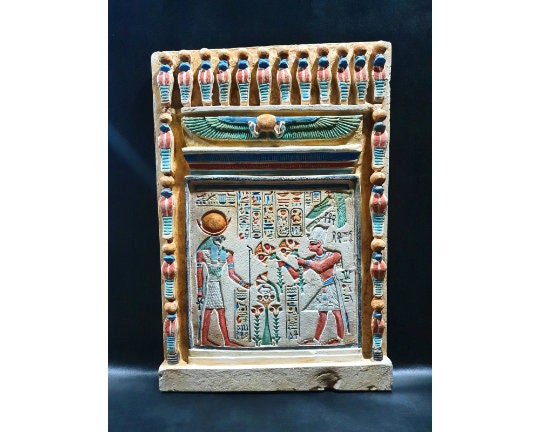
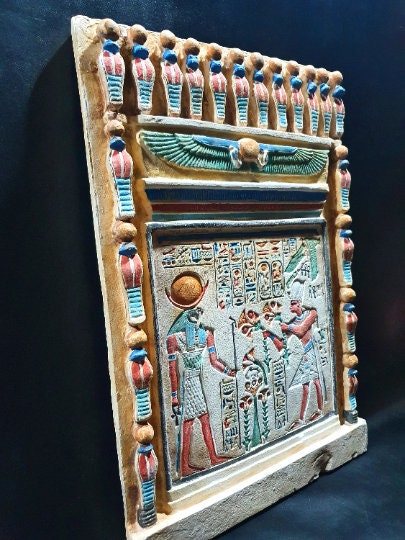
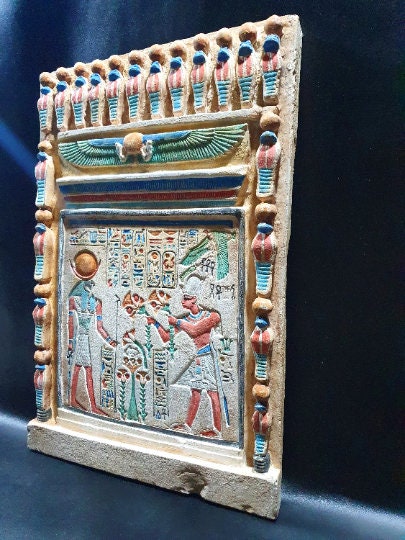
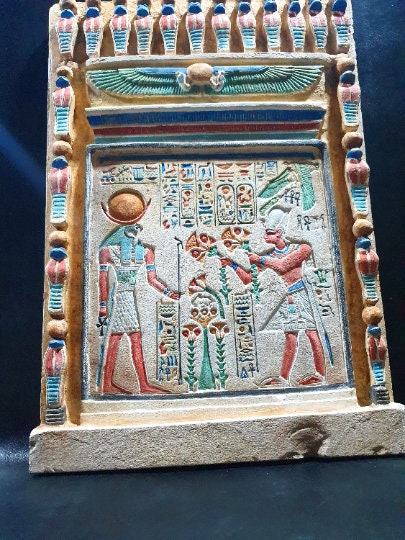
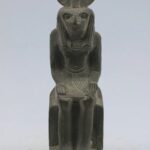
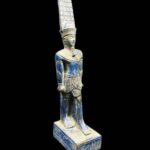
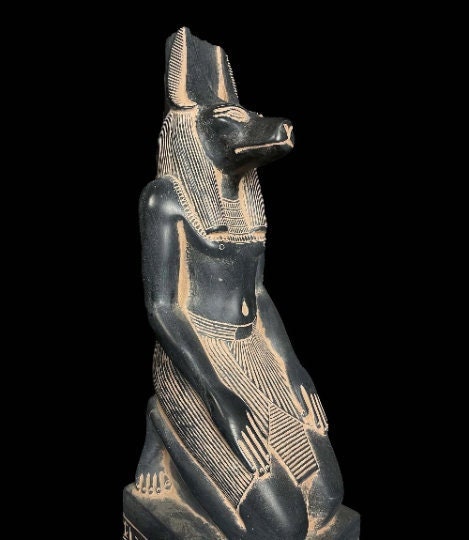
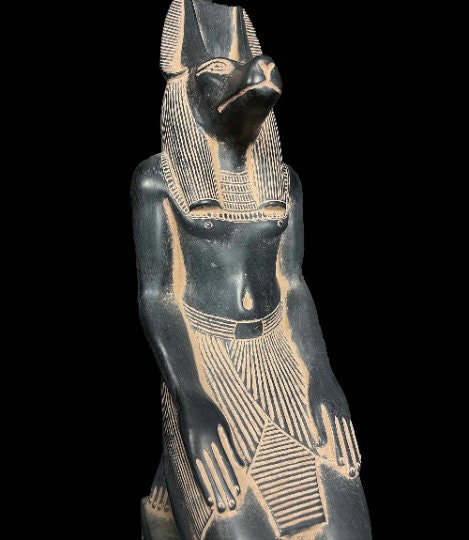

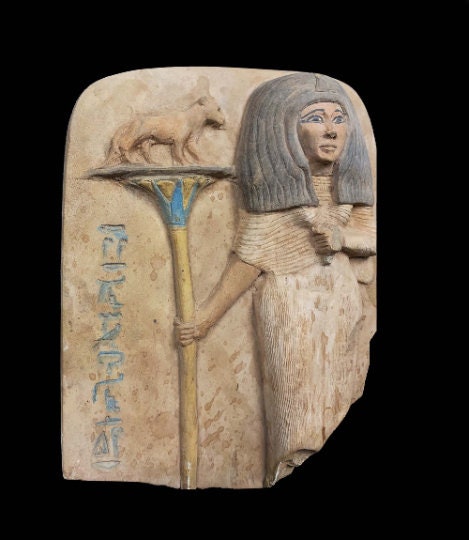
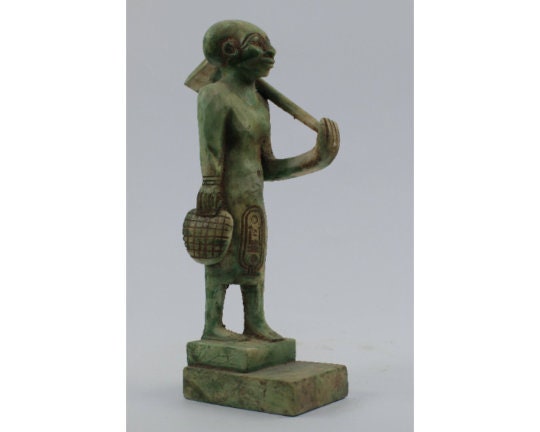
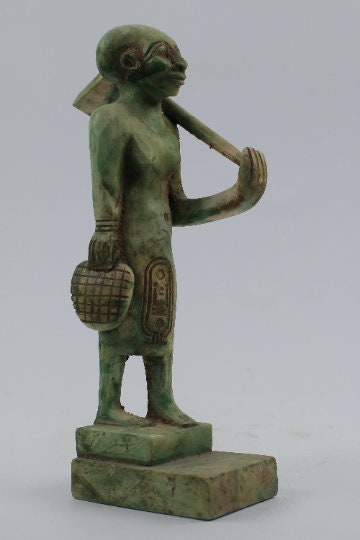
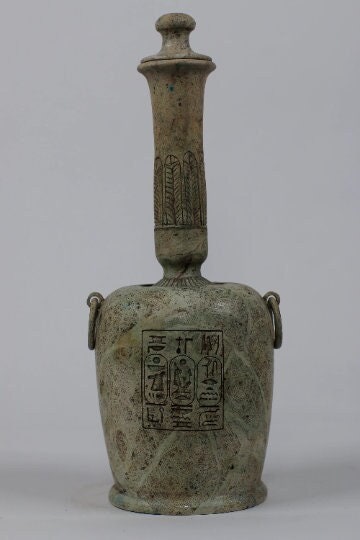
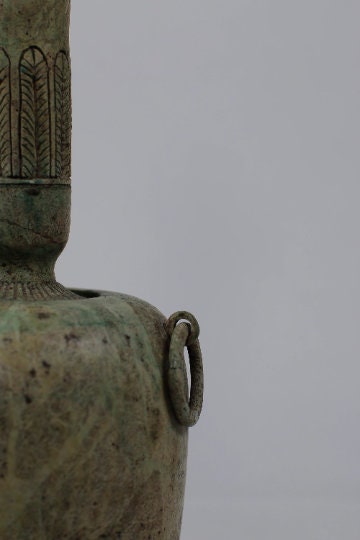
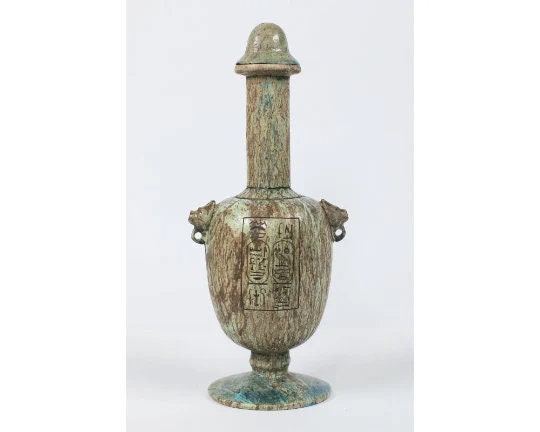
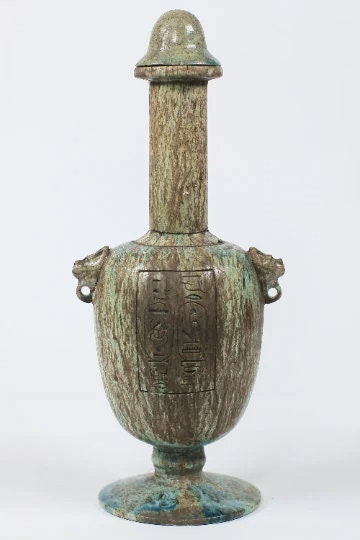
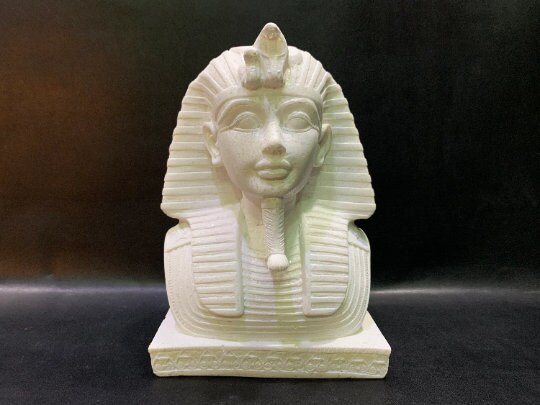
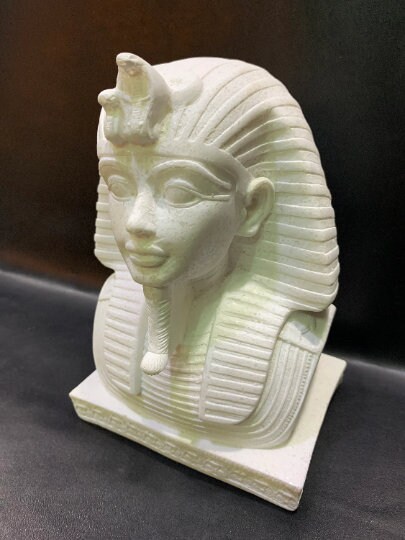
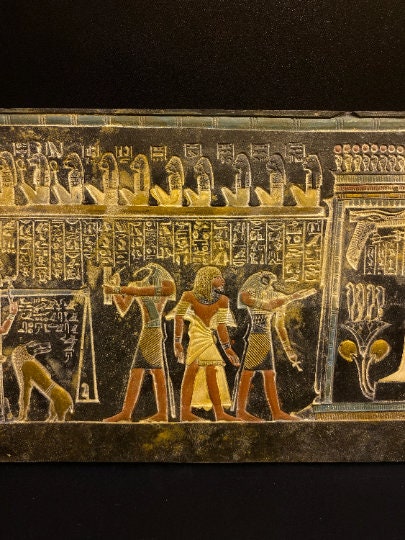
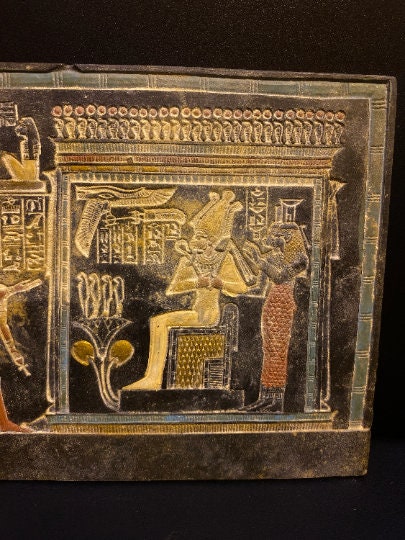

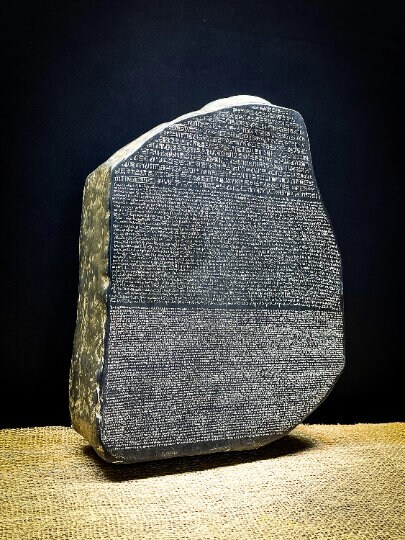
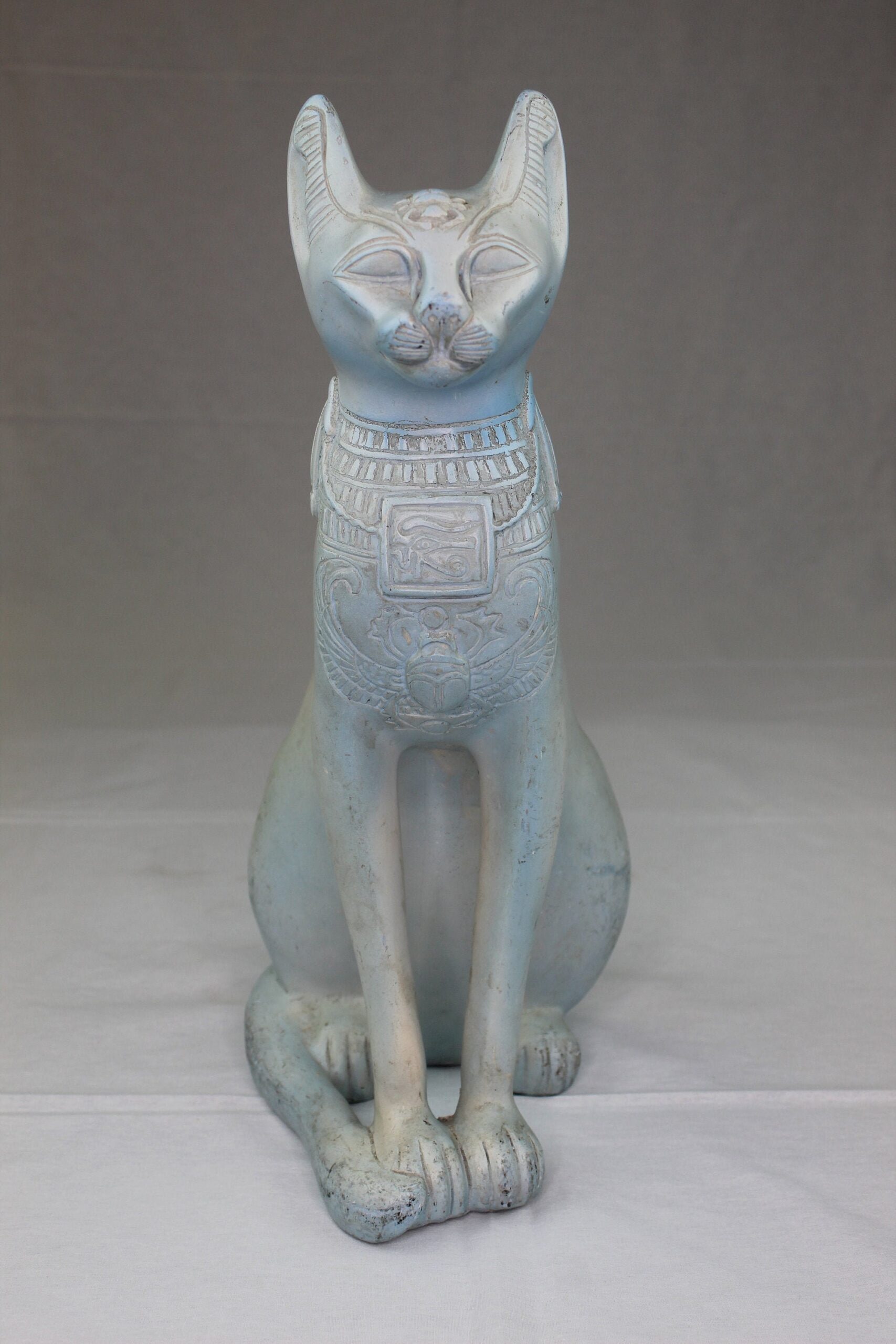
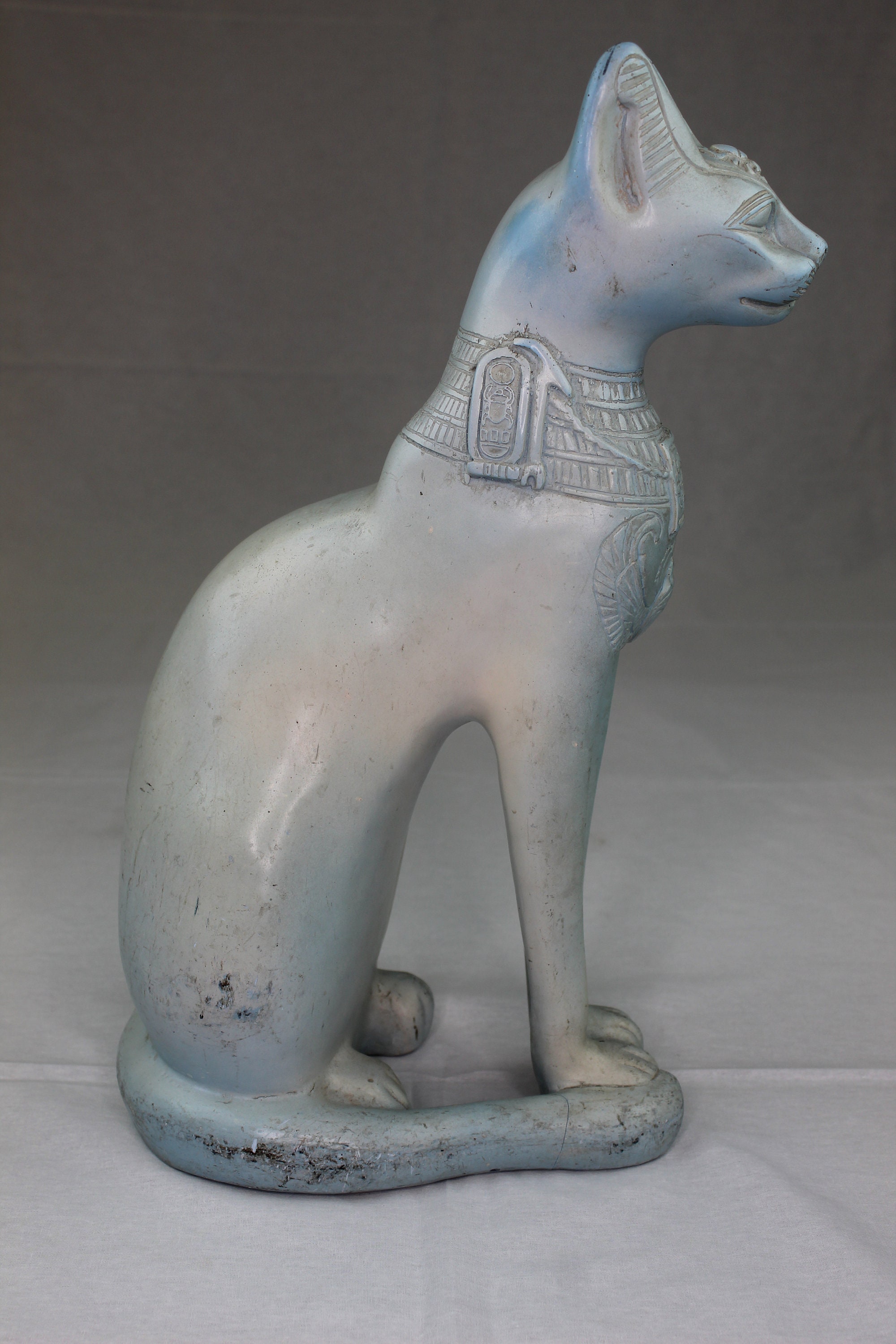

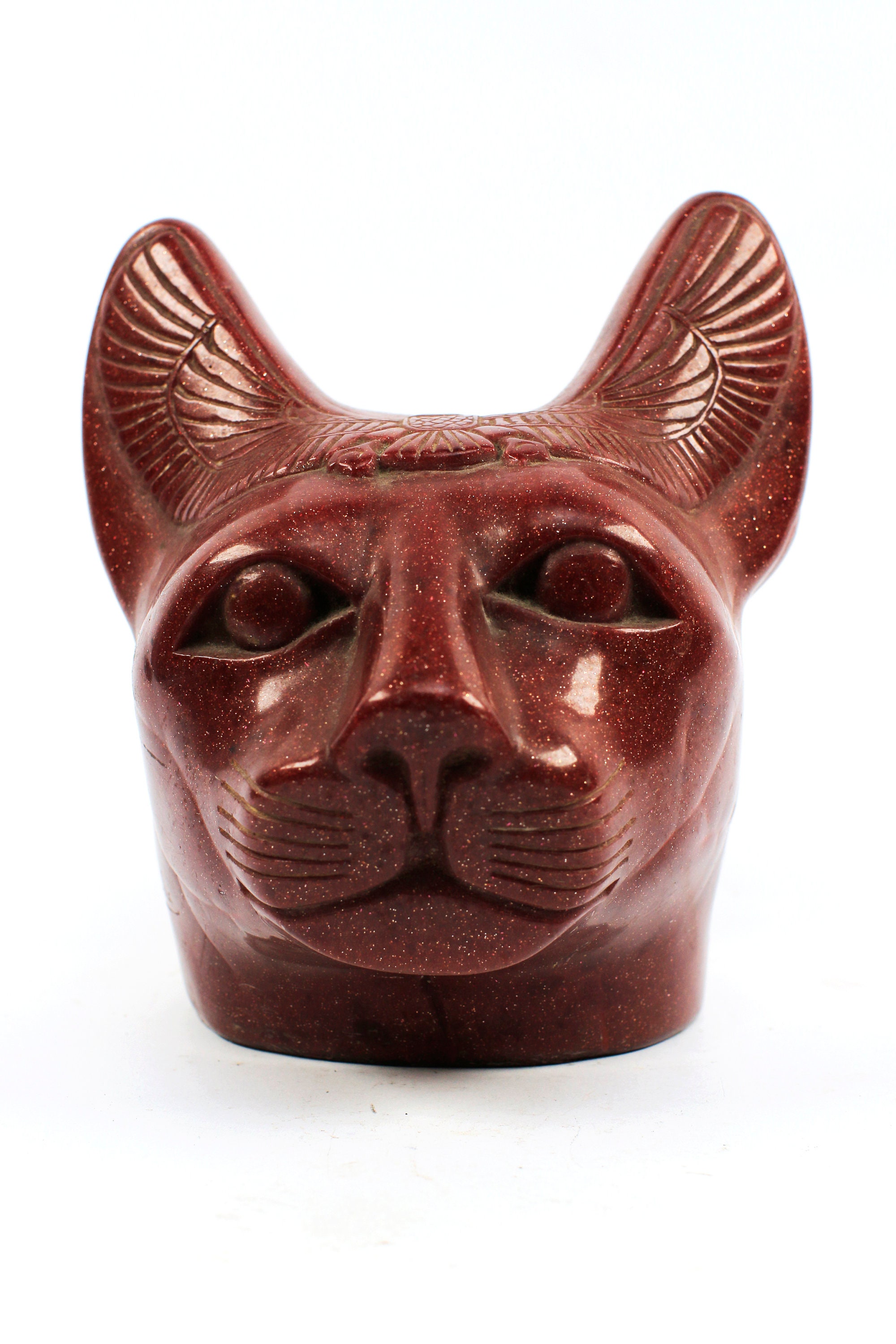
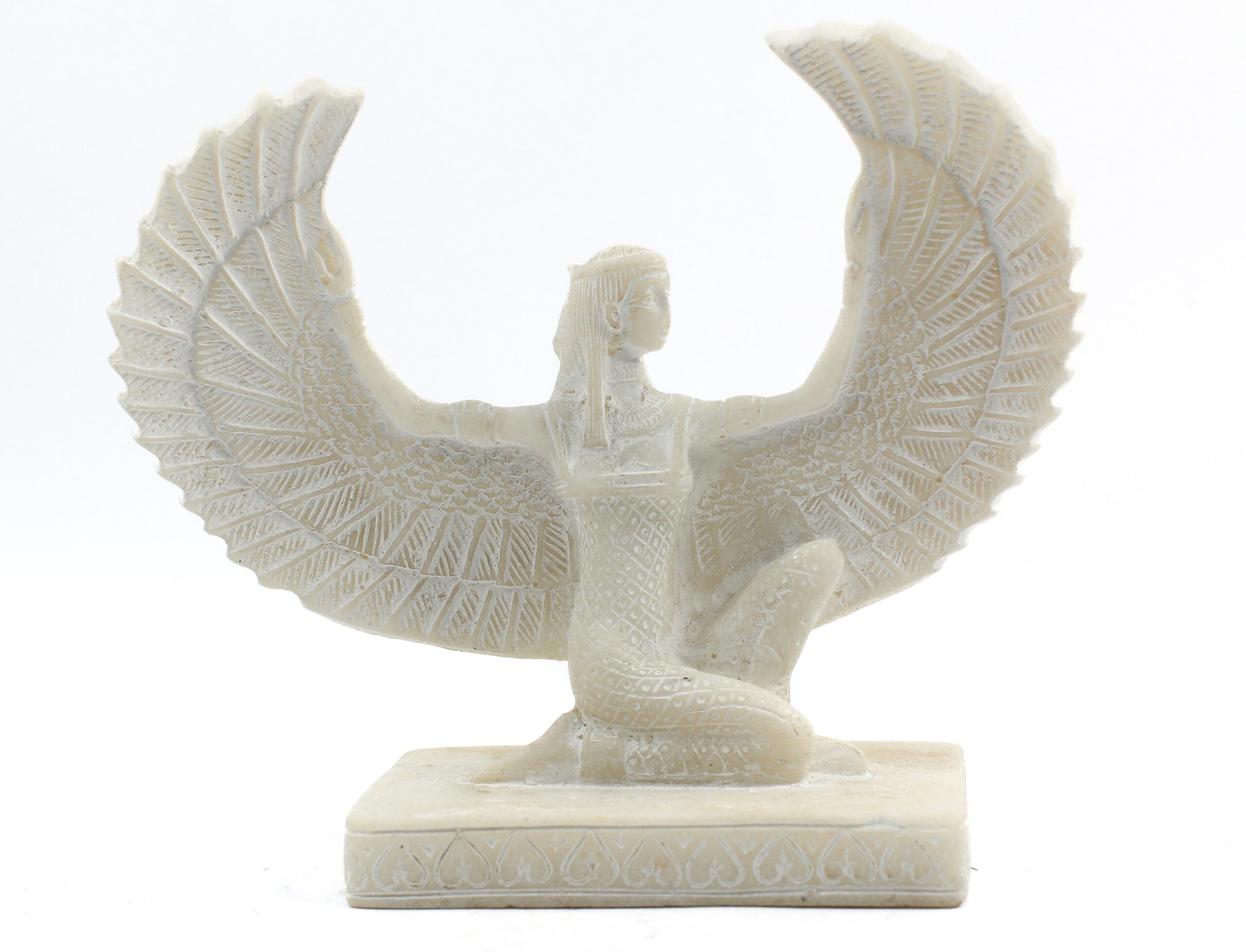

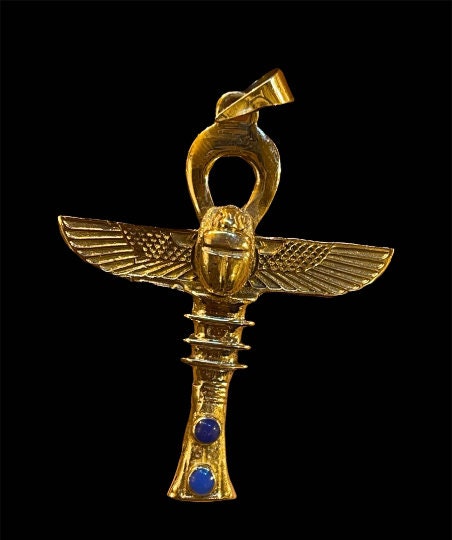
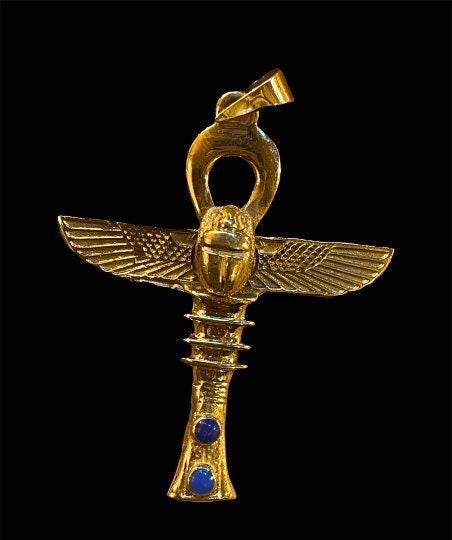

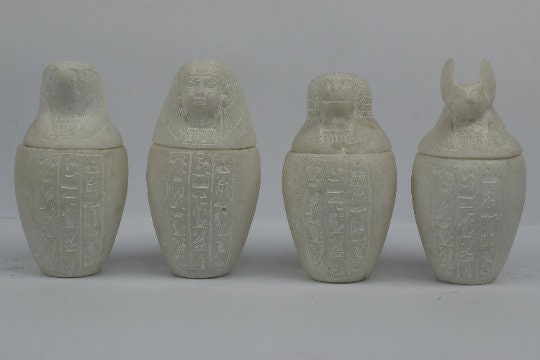

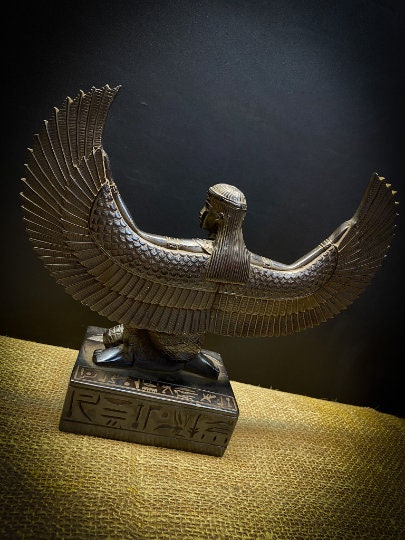
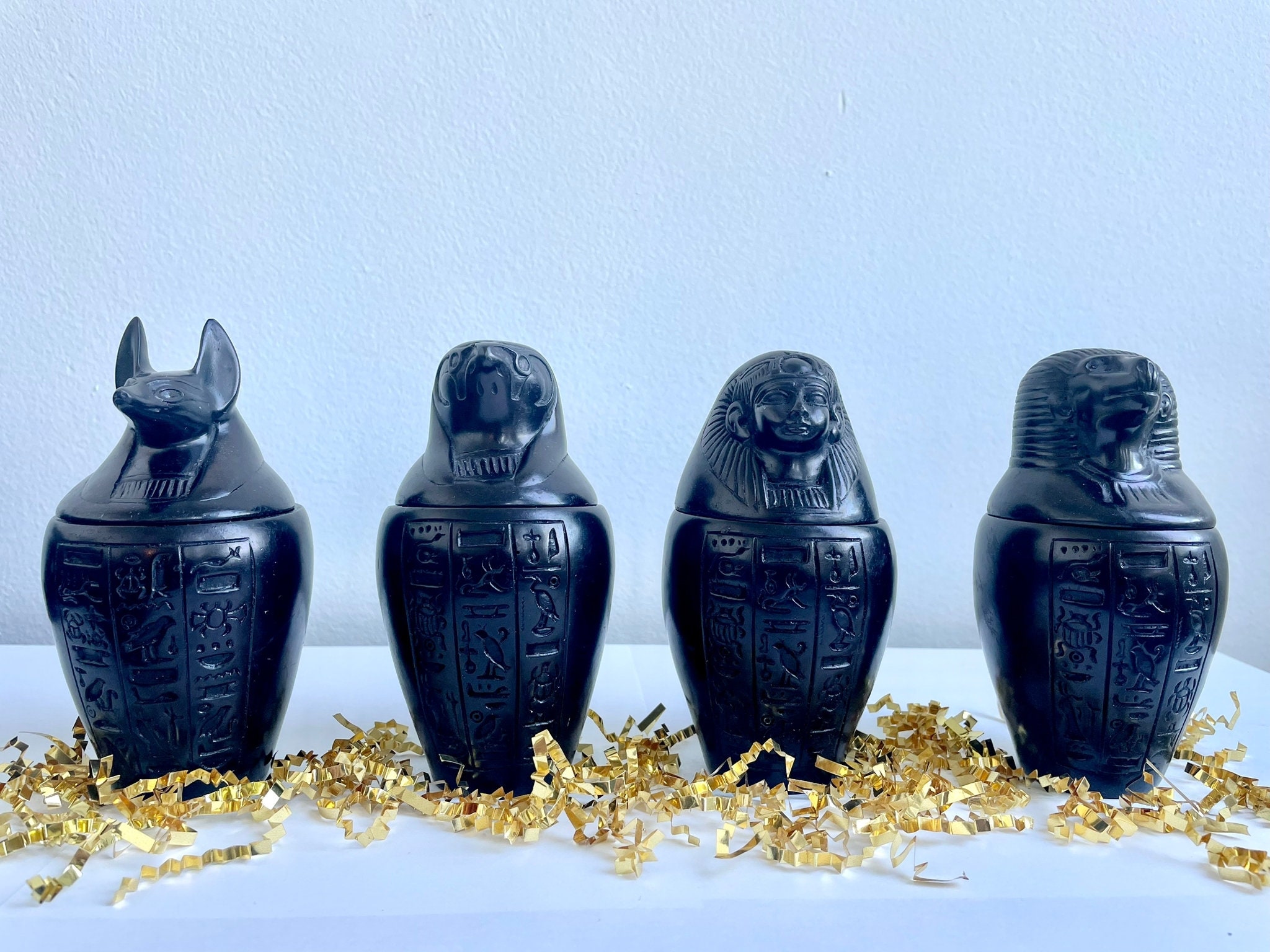

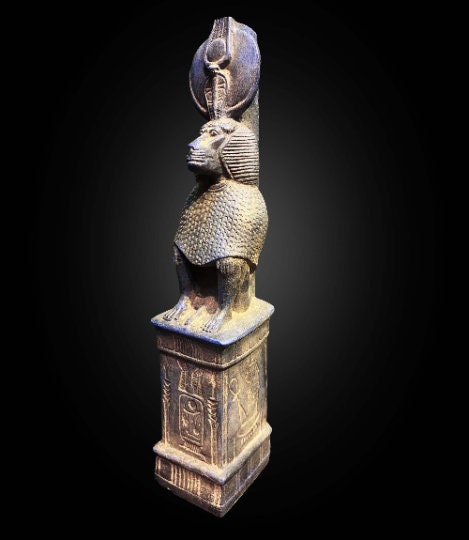


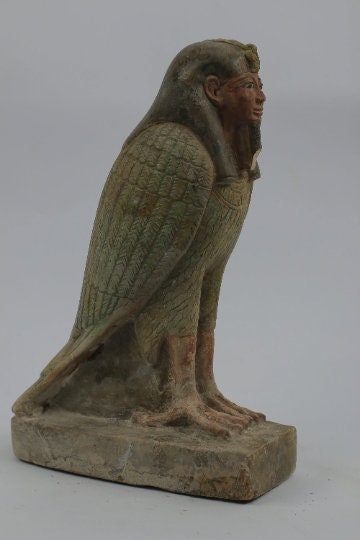
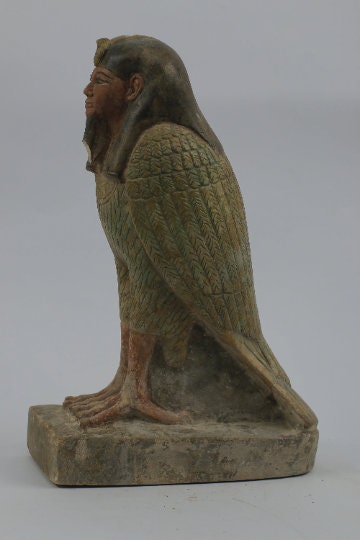
What others are saying
There are no contributions yet.